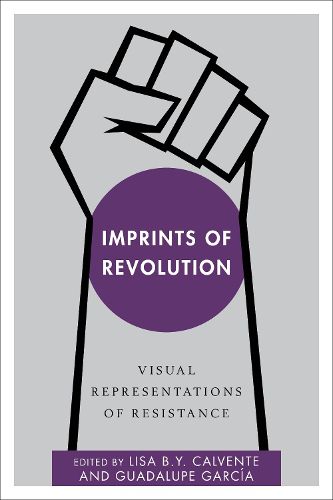Readings Newsletter
Become a Readings Member to make your shopping experience even easier.
Sign in or sign up for free!
You’re not far away from qualifying for FREE standard shipping within Australia
You’ve qualified for FREE standard shipping within Australia
The cart is loading…






What is the significance of the visual representation of revolution? How is history articulated through public images? How can these images communicate new histories of struggle?
Imprints of Revolution highlights how revolutions and revolutionary moments are historically constructed and locally contextualized through the visual. It explores a range of spatial and temporal formations to illustrate how movements are articulated, reconstituted, and communicated. The collective work illustrates how the visual serves as both a mobilizing and demobilizing force in the wake of globalization. Radical performances, cultural artefacts, architectural and fashion design as well as social and print media are examples of the visual mediums analysed as alternative archives that propose new understandings of revolution. The volume illustrates how revolution remains significant in visually communicating and articulating social change with the ability to transform our contemporary understanding of local, national, and transnational spaces and processes.
$9.00 standard shipping within Australia
FREE standard shipping within Australia for orders over $100.00
Express & International shipping calculated at checkout
What is the significance of the visual representation of revolution? How is history articulated through public images? How can these images communicate new histories of struggle?
Imprints of Revolution highlights how revolutions and revolutionary moments are historically constructed and locally contextualized through the visual. It explores a range of spatial and temporal formations to illustrate how movements are articulated, reconstituted, and communicated. The collective work illustrates how the visual serves as both a mobilizing and demobilizing force in the wake of globalization. Radical performances, cultural artefacts, architectural and fashion design as well as social and print media are examples of the visual mediums analysed as alternative archives that propose new understandings of revolution. The volume illustrates how revolution remains significant in visually communicating and articulating social change with the ability to transform our contemporary understanding of local, national, and transnational spaces and processes.